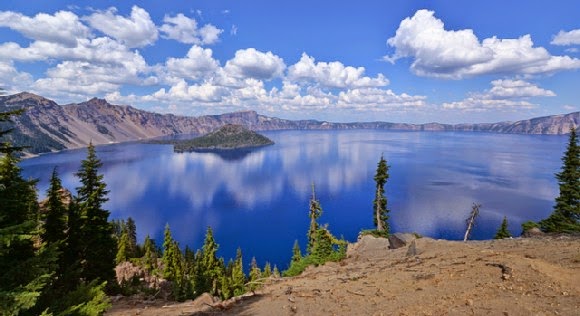 | ||
| Sand bank in a forest showing the depth of the sand and what the trees are rooted in. Photo by Steve Andrews |
In some parts of Portugal there are mixed evergreen forests that are growing on sand and very sandy soil. There are some of these woodlands around Quinta do Conde, a town in the municipality of Sesimbra between Lisbon and Setubal.
For some reason there is very little information available on the Internet about these areas of forest and heath, although I would have thought they would be especially interesting to naturalists, as well as anyone who likes rambling in the countryside. Although you are miles from the sea you are walking on sand!
 |
| Not in sand dunes but inland. Photo by Steve Andrews |
The forests merge
with sandy heathland and offer a very interesting habitat for many plants and
animals. In many places the ground is nearly pure sand and, although this is
inland, it looks far more like an area close to the sea.
 |
| Cork Oak Photo by Steve Andrews |
There are a
mixture of evergreen trees that somehow manage to thrive despite the poor quality of
their soil, evergreen conifers including the Stone or Umbrella Pine (Pinus pinea), as well as the Holm Oak (Quercus
ilex) and Cork Oak (Q. suber),
the Eucalyptus and other trees. The undergrowth consists of many shrubs and wild flowers
and is very colourful in spring.
 |
| Silene species Photo by Steve Andrews |
Pink-flowered Catchfly
species, (Silene), and the bright
blue Scrambling Gromwell (Lithodora diffusa) provide floral eye candy, along with the white, pink and yellow
Rockrose species (Cistus spp). The
French Lavender (Lavandula stoechas)
can be found on the outskirts of these woods and in clearings.
 |
| Shrubby Gromwell Photo by Steve Andrews |
Fennel (Foeniculum vulgare) grows in aromatic
anise-scented clumps and this herb provides a food-plant for Swallowtail Butterflies (Papilio machaon). The Swallowtail is a very rare British butterfly but is quite common in Portugal.
 |
| Swallowtail Photo by Steve Andrews |
There are also plenty of Speckled Wood (Pararge aegeria ssp aegeria) butterflies.
The Speckled Wood found here is a subspecies of those seen in the UK and have
lighter coloured wings.
 |
| Pine Processionary moth caterpillars In Public Domain |
The caterpillars
of the Pine Processionary Moth (Thaumetopoea pityocampa) spin their overwintering nests in the
branches of the pines and then descend in March to look for suitable places to
pupate. This species of moth is named after the long head-to-tail processions
its larvae make. These caterpillars should not be touched because they are
covered in hairs that can cause extreme irritation. Look but don’t touch if you
find any of these!
 |
| Coronella girondica in the Peneda-Gerês National Park, Portugal. Photo by Esv - Eduard Solà Vázquez |
I would think the
dry sandy conditions would be good for reptiles so was not surprised to find a
Southern Smooth Snake (Coronella
girondica) hiding under a slab of stone in a grassy area near one of these
forests.
As its name suggests, this snake is very similar to the Smooth Snake (C. austriaca), which is a very rare
species in Britain and confined to a few sandy heaths in England. These snakes are harmless and they feed on other small reptiles and mice.
The forests
growing on sand in Portugal make a wonderful place to explore all year around.














